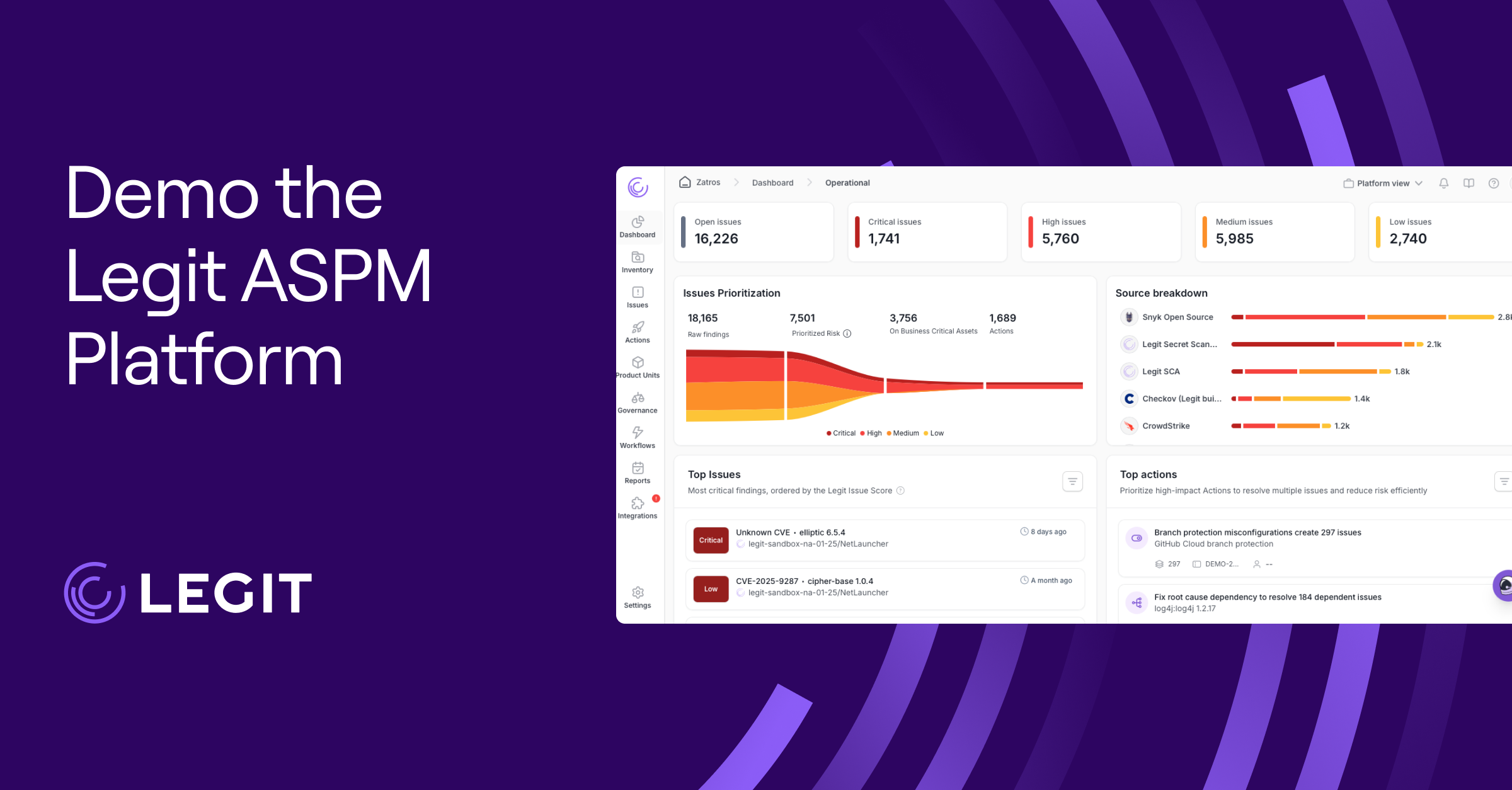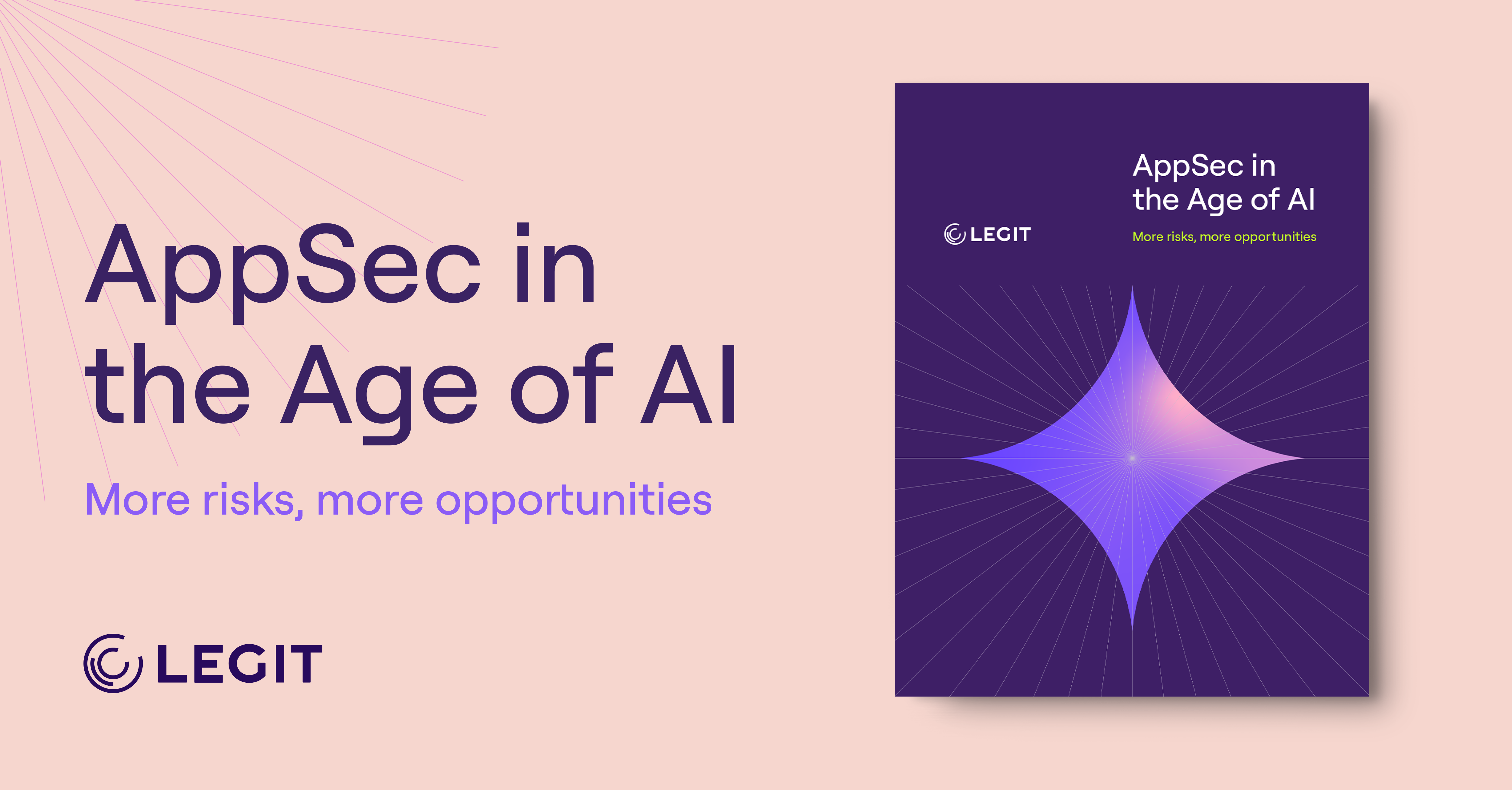Artificial intelligence (AI) in software development is no longer experimental—it’s now part of daily workflows. Generative AI-powered assistants like GitHub Copilot can complete functions before you finish typing instructions. Autonomous agents go further, building entire applications from plain-language prompts. Together, they’ve shifted the speed and scope of development.
But speed isn’t everything. Integrating AI into the software development lifecycle (SDLC) also changes how teams collaborate, test, and secure their work.
In this guide, we'll explain what AI-assisted software development is, along with its benefits and risks. We’ll also highlight the metrics that show whether it’s working and best practices for using AI without sacrificing security or quality—whether you’re exploring AI for code generation, automated testing, or project management.
What Is AI-Assisted Software Development?
AI-assisted software development integrates AI into the full SDLC, from early design sketches to the last maintenance update. Instead of just filling in the next line of code, these tools generate prototypes from short prompts, suggest architectural changes, and create targeted test cases. They can even draft documentation in a consistent style.
Beyond writing code faster, some teams also use AI to test new ideas quickly in hours, not days. Others rely on it to comb through legacy code for refactoring opportunities or to catch bugs before they slip into production.
AI is also making its mark in automated testing, documentation, and decision logs, taking over the repetitive tasks that most developers dread. Using AI in software development is less about replacing people and more about freeing them up so they can tackle bigger challenges like designing features that improve the user experience or rethinking how systems integrate.
What Are the Benefits of AI-Enhanced Software Development?
The impact of AI on software development isn’t just about speed. AI also transforms the way teams work and the software they ship. Here’s what that looks like in practice.
Broadens Cross-Disciplinary Collaboration
AI makes it easier for teams outside engineering to participate directly in development. With low-code tools and natural-language interfaces, product managers, analysts, and designers can shape features without writing a single line of code. This accessibility brings in fresh ideas earlier and often leads to a stronger end result.
Automates Repetitive Tasks
In AI software development, many routine tasks get offloaded. Boilerplate code, test generation, status updates, and scheduling: AI handles all of it. It’s especially helpful in DevOps, where AI smooths CI/CD pipelines, catches potential build issues early, and keeps releases moving—speeding delivery while improving system reliability. That automation increases developer productivity, allowing teams to focus on higher-value work.
Improves Software Quality
AI writes code, but it also assists with reviewing it. From flagging bugs to spotting risky patterns to suggesting fixes, it helps teams find and solve problems before they escalate. Some AI tools even predict where problems are likely to emerge based on past incidents.
Risks of AI Software Development
Artificial intelligence in software engineering opens up a range of possibilities, but it also introduces new risks. Here are a few to watch for:
- Introduces bias in the model: If training data is imbalanced, the AI’s output can mirror that bias, which is risky when it shapes user-facing features or business logic.
- Encourages overreliance on AI: It’s easy to lean on AI-assisted programming as a shortcut because it’s fast and efficient, but failing to scrutinize its output can allow subtle bugs and flawed assumptions to slip through.
- Lacks transparency: Many AI models function as black boxes. Without insight into why an AI model suggests something or what data it uses, teams can’t easily verify its accuracy or ensure it aligns with established standards.
Find out how we are helping enterprises like yours secure AI-generated code.

Metrics That Matter for AI Software Development
With AI adoption, the usual dashboards don’t tell the full story. Speed may look impressive, but depth, balance, and collaboration can quietly erode in the background.
These metrics give a clearer view of how teams are adapting—and where leaders may need to step in:
- Review responsiveness: When pull requests stall in review, delivery slows—and frustration builds. Tracking responsiveness gives a sharper sense of workflow health than cycle time alone.
- Depth and feedback volume: Quick approvals don’t always equal quality oversight. If peer feedback drops off during reviews of AI-generated code, the team loses chances to catch issues early and build shared understanding.
- Contribution spread: Some developers thrive with AI tools while others lag. Measuring how evenly contributions are distributed helps reveal hidden imbalances before they lead to burnout. It also shows whether everyone is adapting to the new workflow or if a few are carrying the weight.
- Consistency of delivery: AI accelerates shipping, but it can also conceal bottlenecks. Sudden swings in PR size or review delays usually signal deeper workflow problems.
How Can AI Be Used in Software Development?
AI isn’t just filling in code snippets anymore. It’s shaping every stage of software development, from writing and testing to project management and documentation.
Code Generation
Most teams start here. Tools like GitHub Copilot, ChatGPT, and watsonx Code Assistant can turn a plain-language prompt into working code—or at least a strong first draft. It’s ideal for boilerplate, helper functions, or scaffolding a new feature quickly. You still need to review and refine, but it trims repetitive work and helps you move faster.
Testing Automation
Writing tests isn’t glamorous, but AI reduces the grind. Instead of scripting every scenario manually, it can generate tests from your code changes or user stories. Many tools even predict what’s most likely to break and prioritize those cases, leading to better coverage, fewer regressions, and less late-night debugging after a release.
Project Management
AI is also reshaping team coordination. By analyzing past delivery patterns, it can suggest realistic timelines and flag stalled tasks or overloaded teammates before bottlenecks worsen. Think of it as an extra layer of oversight that helps keep workflows moving.
Documentation and Knowledge Sharing
Few developers enjoy writing docs, but everyone benefits when they exist. AI can draft internal documentation, explain code, and summarize design decisions as projects evolve. It also organizes information so new developers ramp up faster and contributors can resume work without digging through months of Slack history. This is especially valuable in open source, where clear documentation keeps projects sustainable.
Best Practices for AI-Assisted Software Development
When you bring AI into your workflow, how you use it matters as much as what you use it for. Here are four practices teams follow to keep things running smoothly:
- Treat AI as an assistant, not a replacement: Let it handle repetitive tasks, but don’t hand over full control. Human judgment still drives quality.
- Give clear prompts: The more context you provide, the better the results. Vague prompts lead to vague suggestions.
- Embrace iteration: AI rarely gets it right the first time. Treat results as a draft—not a final product—and refine from there.
- Track outcomes: Watch which AI-generated changes get approved, flagged, or rolled back. Patterns reveal where it adds value and where it creates risk.
Protect Your Software With Legit Security’s AI-Native ASPM Platform
Legit Security’s AI-native ASPM platform keeps pace with the speed AI brings to software development without creating gaps in security, governance, or compliance. It continuously monitors your software supply chain, from code to deployment, flags risks early, and automatically enforces security policies across teams and tools.
With expanded AI capabilities, Legit detects risks faster, prioritizes fixes in context, and ensures AI-assisted workflows don’t create hidden vulnerabilities or silent security debt.
Keep development moving without sacrificing security—request a demo today.
Download our new whitepaper.

